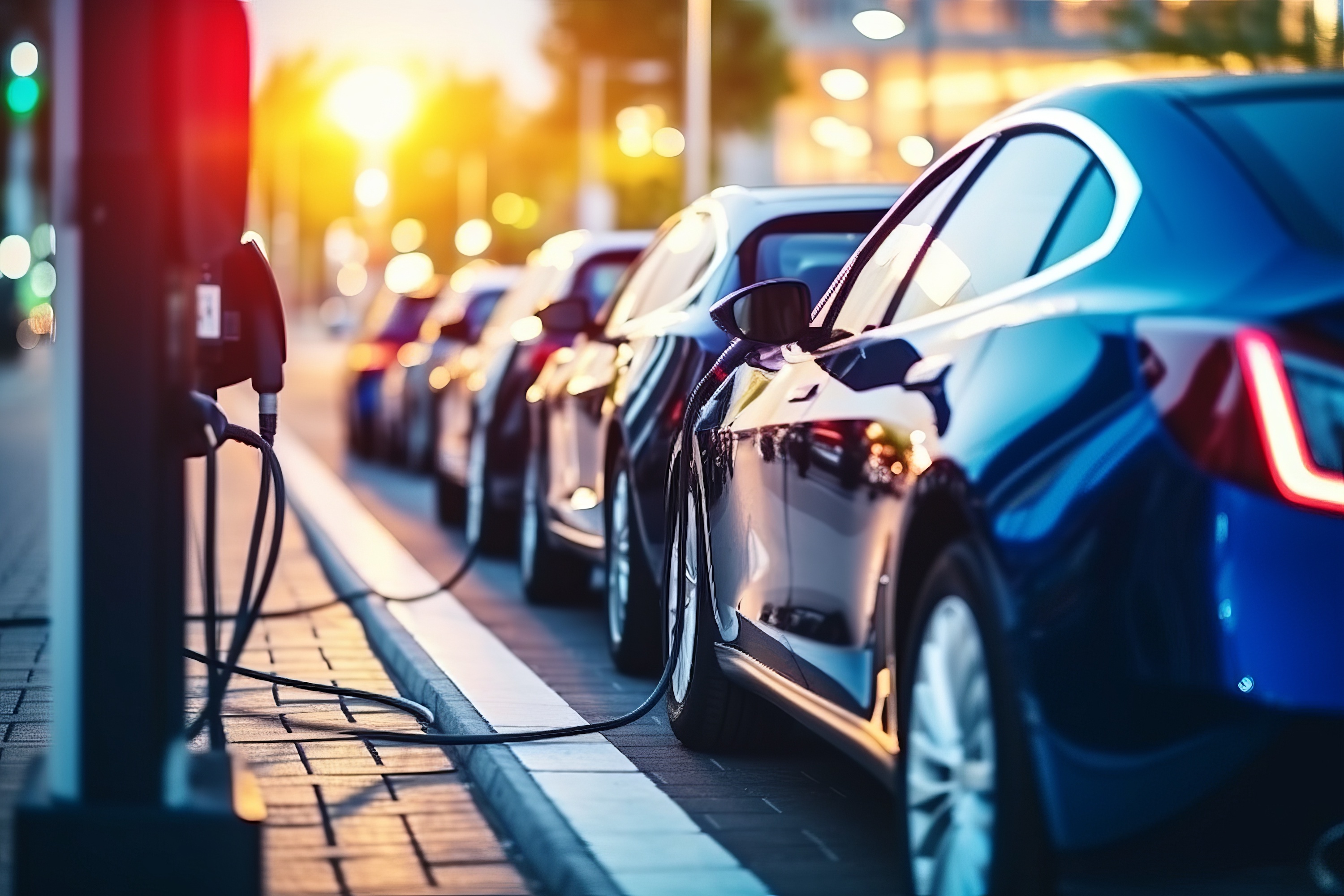Powering the Future: Exploring the Best Locations for EV Chargers

The world is undergoing a transformative shift towards sustainability, and one of the most prominent steps in this journey is the widespread adoption of electric vehicles (EVs). As EV ownership continues to rise, the need for a robust charging infrastructure becomes increasingly apparent.
The strategic placement of EV chargers plays a pivotal role in encouraging EV adoption and facilitating convenient charging experiences for users.
In this article, we'll explore some of the best locations for EV chargers to ensure a seamless transition towards a cleaner and greener transportation future.
1. Residential Areas
Installing EV chargers in residential neighborhoods is an essential step towards encouraging EV adoption. Homeowners with off-street parking can conveniently charge their vehicles overnight, ensuring they start each day with a full battery. This approach simplifies the charging process and eliminates range anxiety, making EVs a more attractive option for potential buyers. Additionally, offering incentives for homeowners to install private chargers further accelerates the transition to electric mobility.
2. Workplace and Office Complexes
Workplace charging stations provide a convenient solution for employees who commute to work in EVs. Companies can promote sustainable practices by installing chargers in their parking lots, encouraging employees to make environmentally friendly choices. Moreover, workplace charging extends the driving range for employees who might not have access to charging facilities at home. This approach also demonstrates a commitment to sustainability, potentially boosting the company's reputation.
3. Commercial Centers and Retail Spaces
Retail locations, shopping malls, and entertainment centers offer prime opportunities for EV charger placement. While customers shop, dine, or enjoy recreational activities, their EVs can receive a much-needed charge. This not only attracts environmentally conscious consumers but also enhances the overall shopping experience. Businesses can also consider offering free or discounted charging as an incentive, promoting loyalty among EV-driving customers.
4. Public Parking Facilities
Public parking lots, garages, and street-side parking spaces in urban areas can greatly benefit from EV chargers. Installing chargers in these locations allows EV owners to conveniently charge their vehicles while conducting various activities in the city. Integrating these chargers into existing parking infrastructure helps alleviate range anxiety, making city driving more accessible and sustainable.
5. Highway Rest Stops and Gas Stations
Strategically placing fast-charging stations along highways and major travel routes is essential for long-distance EV travel. Highway rest stops and gas stations provide convenient locations for EV owners to recharge quickly and continue their journey. Equipping these stations with fast chargers can significantly reduce the time required for a full charge, making long trips feasible and efficient.
6. Residential Multifamily Buildings
For residents living in apartment buildings or condominiums without private parking, installing EV chargers can be a game-changer. Many urban dwellers lack home charging options, making it crucial to provide communal charging stations in these residential complexes. By offering accessible charging solutions, property owners can attract a broader range of tenants, including those who prioritize eco-friendly living.
Conclusion
As the world transitions to a more sustainable future, the strategic placement of EV chargers is paramount. By prioritizing locations such as residential areas, workplaces, commercial centers, public parking facilities, highway rest stops, and residential multifamily buildings, we can create a comprehensive charging network that supports EV adoption at every level. These well-placed charging stations not only alleviate range anxiety but also signal a commitment to a cleaner and greener transportation landscape. The collaboration between governments, businesses, and communities will play a pivotal role in realizing the vision of an electrified and sustainable transportation future.
If you want to learn more, leave us a comment below or email us at news@ph1c.com


